3D software visualization is no longer just a futuristic concept; it’s revolutionizing the way we design, create, and experience everything from buildings and products to movies and games. As technology advances, exciting trends are emerging, pushing the boundaries of what’s possible and delivering superior designs with immersive, interactive experiences.
The Future is Mixed: AR, VR, and 3D Converge
Augmented Reality (AR): Overlay 3D models onto the real world, allowing architects to visualize potential renovations or manufacturers to overlay assembly instructions, blurring the lines between virtual and physical.
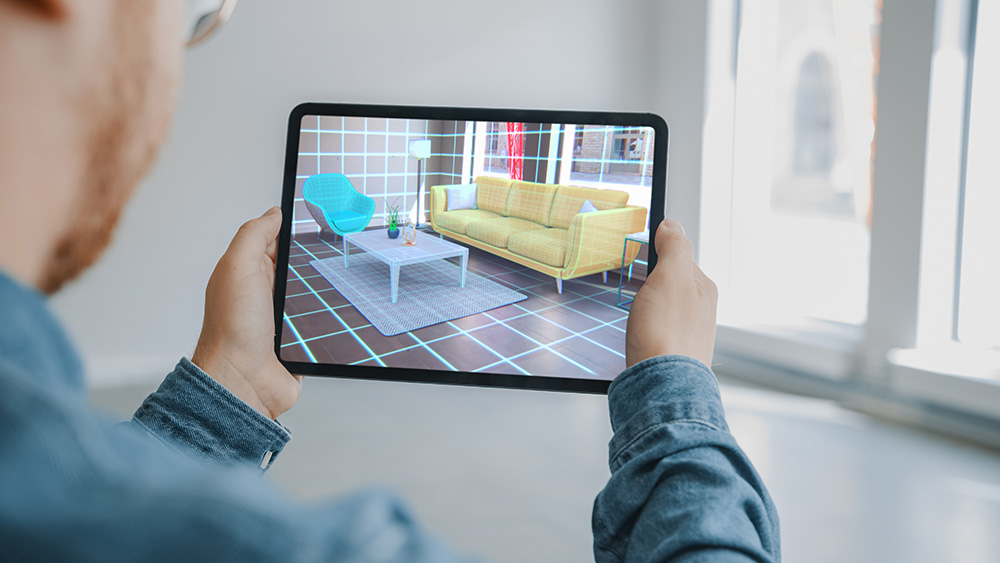
Virtual Reality (VR): Immerse yourself in 3D models, experiencing prototypes and designs firsthand, enabling collaborative design sessions and virtual walkthroughs before construction even begins.
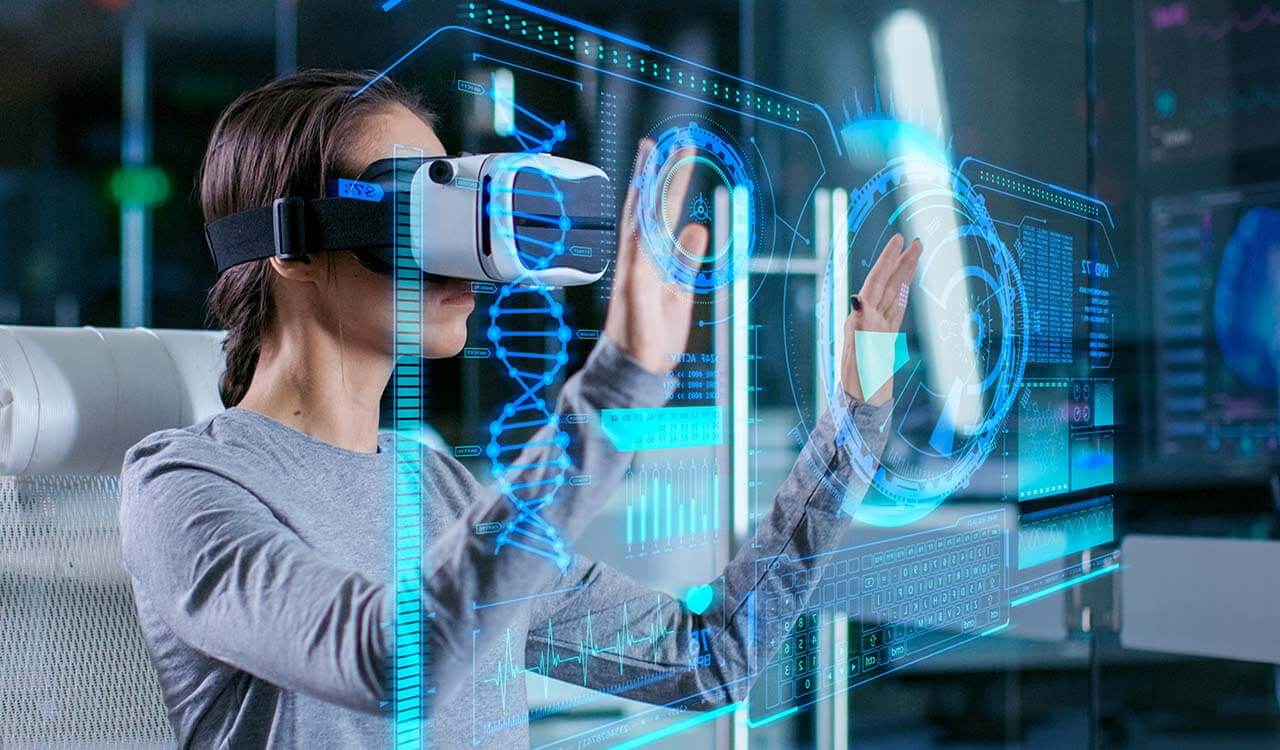
3D Printing Integration: Seamlessly transition from 3D model to physical object, closing the loop between virtual design and real-world creation.
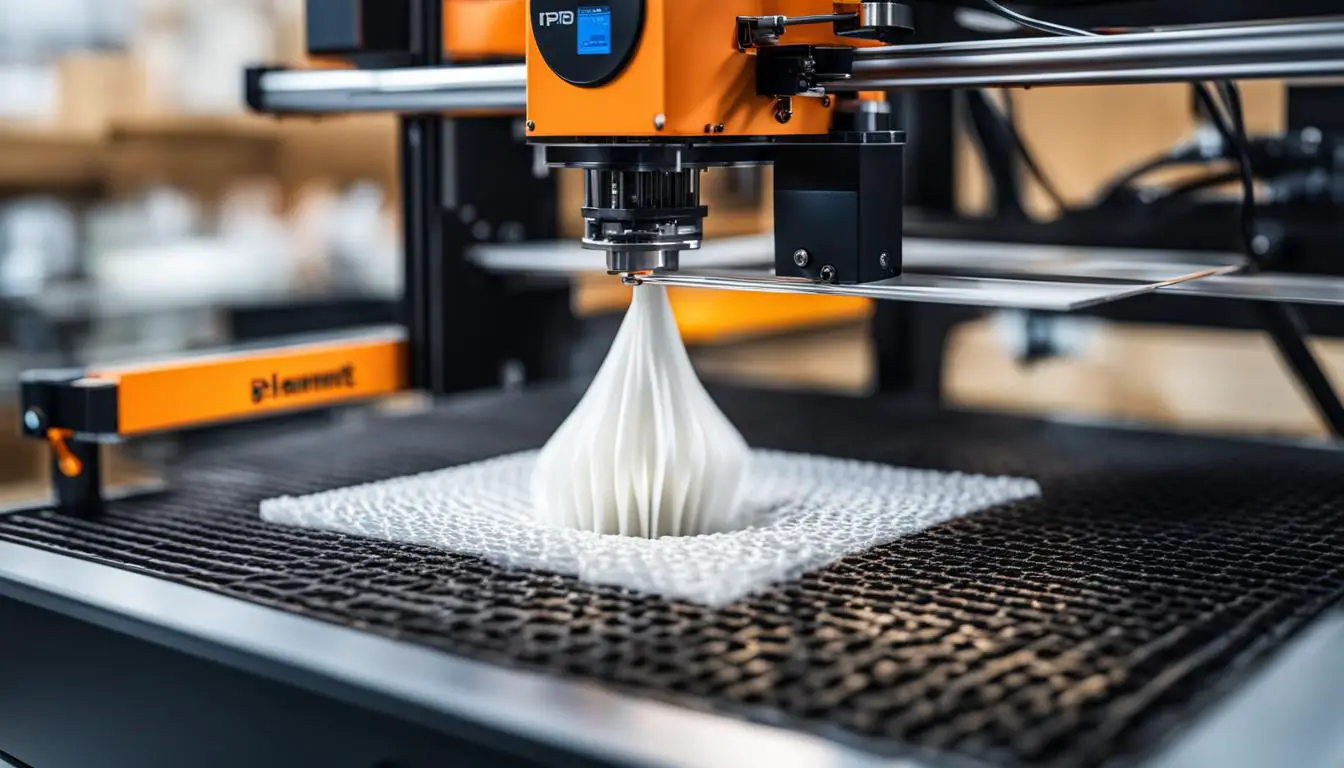
Beyond Visualization, Deeper Insights:
Real-time Rendering and Simulation: Analyze lighting, physics, and material properties in real-time, making informed design decisions before finalizing models.
Data-Driven Design: Integrate sensors and user data into 3D models, optimizing designs for usability, safety, and user experience.
Generative Design and AI Optimization: Leverage AI algorithms to generate and optimize design options, accelerating the design process and exploring innovative solutions.
Beyond Entertainment: Transforming Industries
Architecture and Construction: Visualize buildings in context, optimize layouts, and collaborate with stakeholders, saving time and costs.
Product Design and Manufacturing: Prototype and test products virtually, reducing physical prototypes and accelerating time to market.
Healthcare and Education: Create interactive anatomy models for medical training or immersive learning experiences for complex subjects.
Retail and Marketing: Showcase products in 3D online, personalize experiences, and create interactive virtual showrooms.
Challenges and Considerations:
Accessibility and Hardware Requirements: Ensuring widespread adoption requires affordable hardware and user-friendly interfaces.
Skill Gap and Training: Upskilling designers and professionals in using these new tools and technologies is crucial.
Ethical Concerns and Data Privacy: Balancing immersive experiences with user privacy and data security requires careful consideration.
A World of Infinite Possibilities:
3D software visualization trends are pushing the boundaries of design, creating engaging experiences, and leading to smarter, more efficient processes. By embracing these advancements, we can unlock a world of infinite possibilities, shaping the future of design, education, and entertainment in ways we can only begin to imagine.







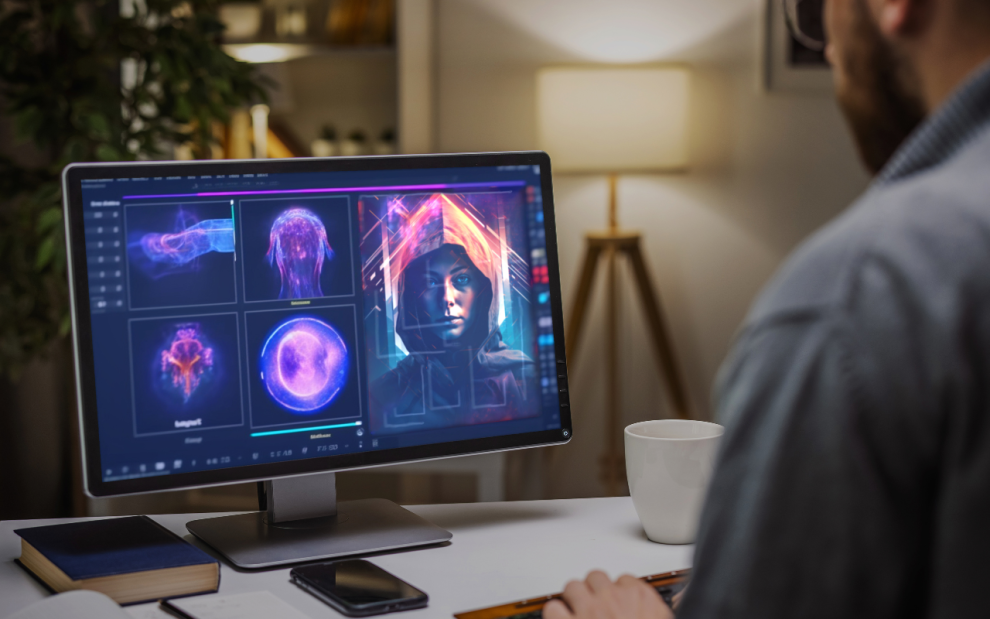


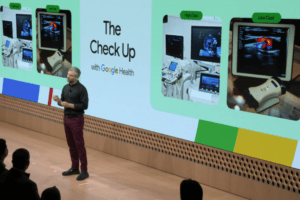





Add Comment